The mysterious world of cat dreams has fascinated pet owners and scientists alike. As your furry friend dozes off, you might wonder what adventures they embark on in their sleep. Are they catching imaginary mice or simply reliving a day in the sun? In this article, we’ll delve into the science behind cat dreams and explore whether they dream like humans. With 20 detailed subheadings, we’ll uncover the secrets of feline slumber, engaging cat enthusiasts with captivating insights.
The Basics of Cat Sleep
Cats, much like humans, experience different stages of sleep. They cycle through light sleep, deep sleep, and REM (Rapid Eye Movement) sleep. REM sleep is particularly intriguing because it’s the stage where dreams most commonly occur. During this phase, a cat’s brain activity resembles that of an awake state. You might notice twitching paws or whiskers, indicating that your cat is dreaming. Understanding these sleep stages helps us appreciate the complexity of their dreaming process.
What Happens in a Cat’s Brain During Sleep?
When a cat falls asleep, its brain undergoes fascinating changes. Neurons in the brain’s pons region are particularly active during REM sleep. This area controls muscle paralysis, preventing a cat from acting out its dreams. Scientists have discovered that the brain’s activity during REM sleep closely mirrors that of an awake state, suggesting that dreams are a vivid experience for cats. This insight reveals just how similar their dreaming process is to our own.
Do Cats Dream About Their Daily Lives?
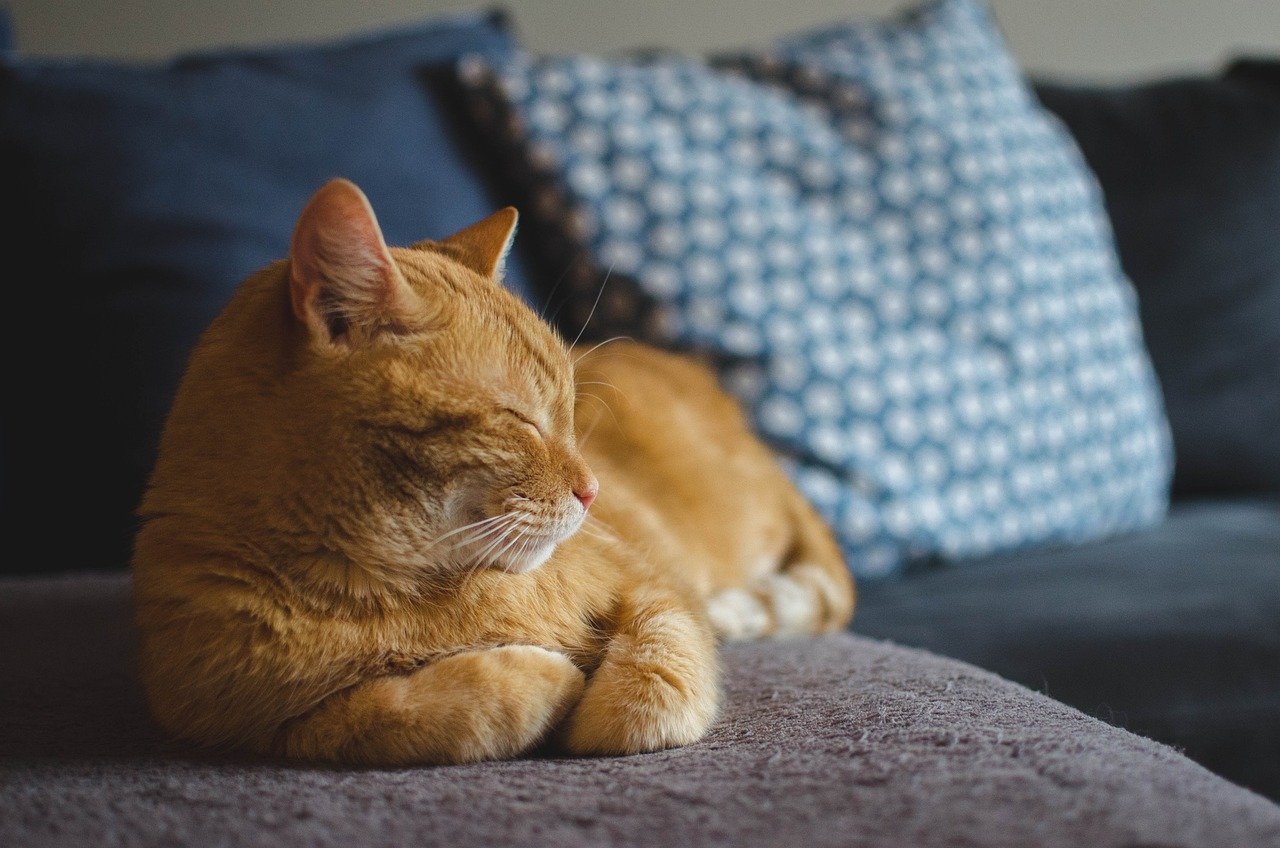
One might wonder if cats dream about their daily adventures. Just like humans, cats are likely to dream about experiences they’ve had while awake. A day spent chasing a toy mouse or lounging in the sun could easily become the subject of a cat’s dream. This connection between waking experiences and dreams highlights the parallels between feline and human dreaming. It’s fascinating to think that your cat might be reliving moments from its day while snoozing.
Scientific Studies on Cat Dreams
Researchers have long been curious about the nature of cat dreams. Studies conducted on animals, including cats, have revealed that their dreams are not all that different from ours. By observing brain activity during REM sleep, scientists have concluded that cats experience vivid dreams. These findings have been instrumental in understanding the complexities of animal sleep and the similarities it shares with human sleep patterns.
The Role of Memory in Cat Dreams
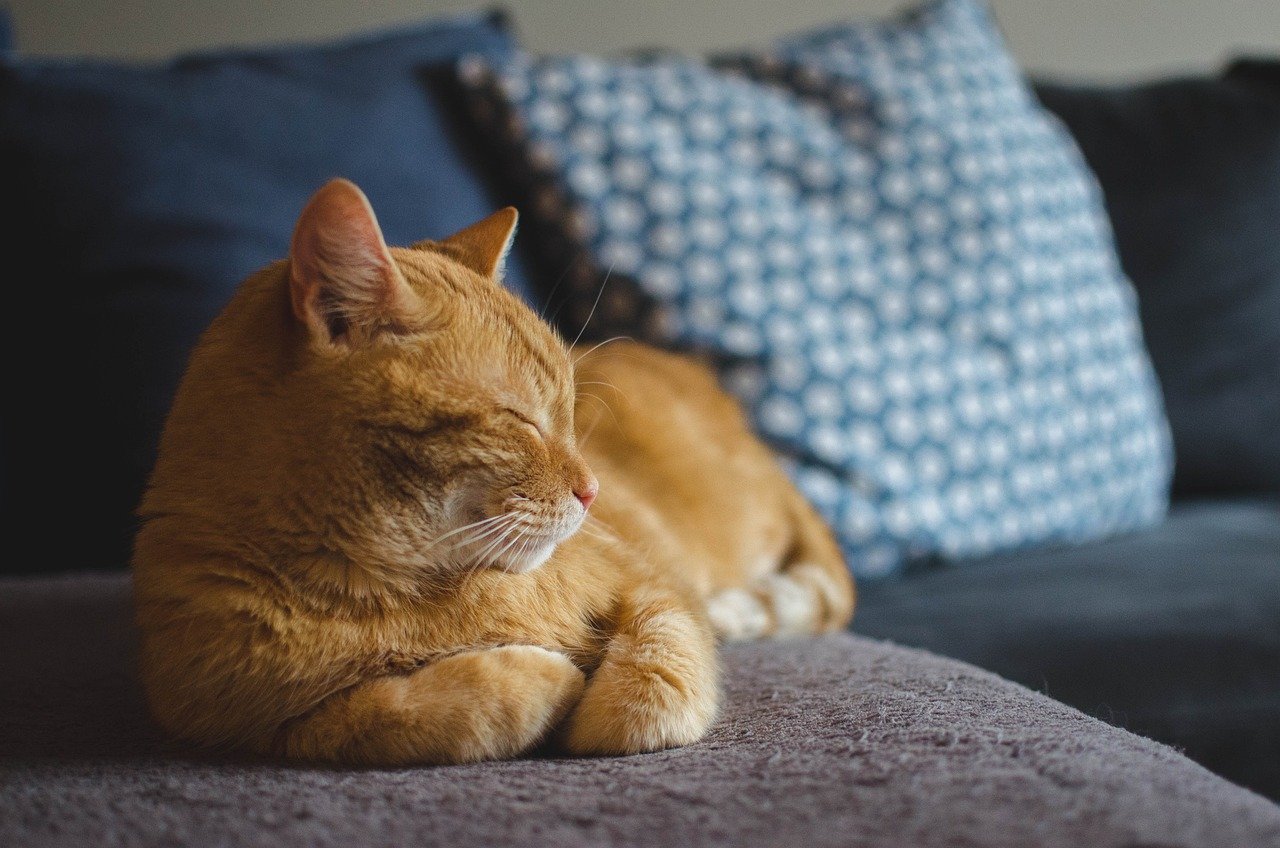
Memory plays a crucial role in cat dreams. During sleep, the brain processes and consolidates memories from the day. This process, known as memory consolidation, helps cats retain important information. Dreams might serve as a means for the brain to organize and store memories, allowing cats to learn and adapt. Understanding this link between memory and dreams offers insight into the cognitive abilities of our feline companions.
Do Cats Have Nightmares?
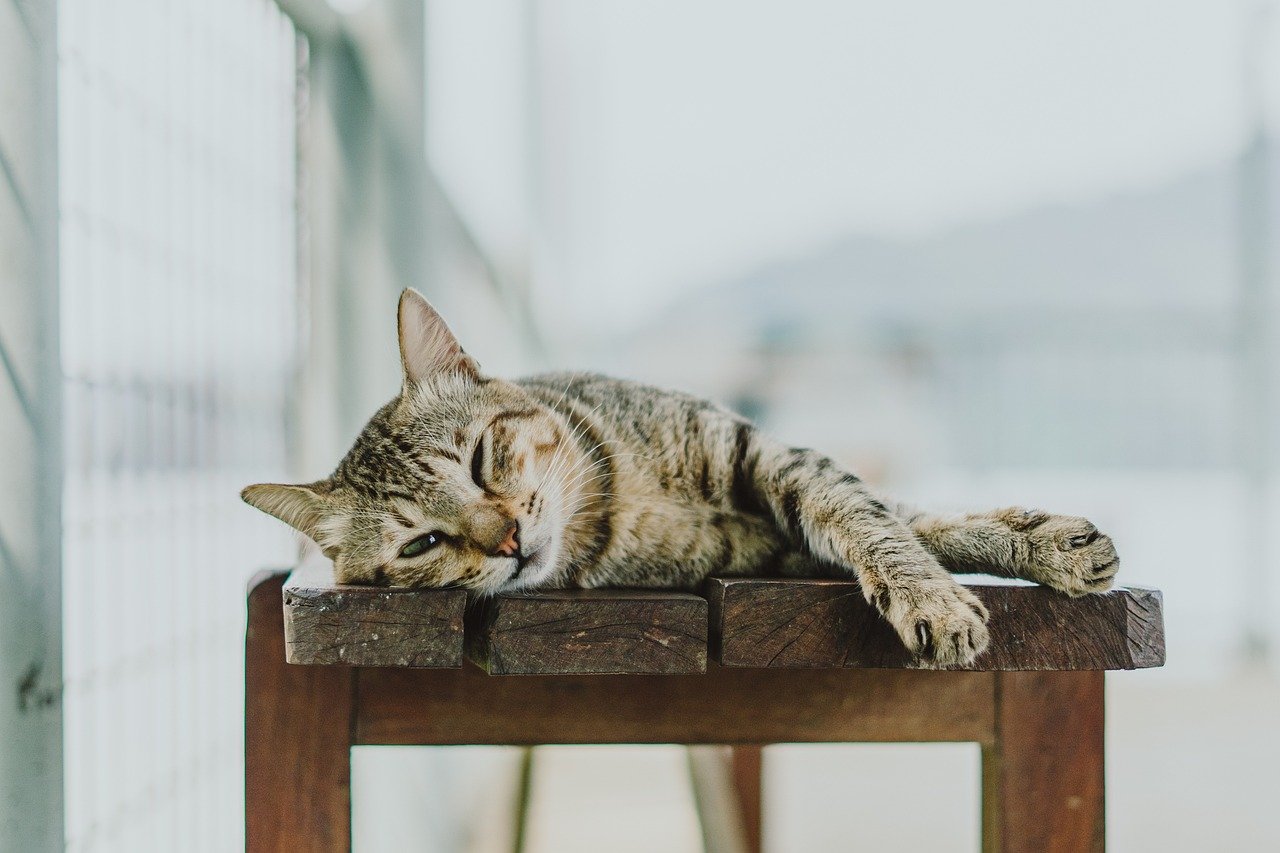
While it’s comforting to imagine our cats having pleasant dreams, they might also experience nightmares. Cats, like humans, can have distressing dreams that cause them to wake up suddenly. Signs of a nightmare might include sudden movements, vocalizations, or a startled awakening. Understanding that cats can have nightmares fosters empathy and a deeper connection with our pets, reminding us that they, too, have emotional experiences.
The Emotional Aspect of Cat Dreams
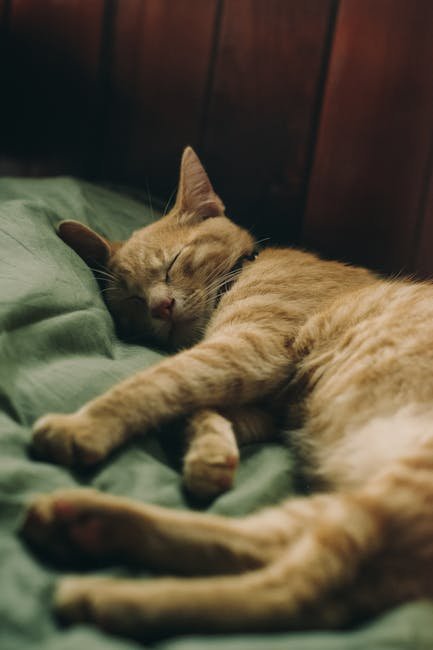
Emotions play a significant role in both human and cat dreams. Just as we experience a range of emotions in our dreams, cats might feel joy, fear, or curiosity while dreaming. Observing a cat’s behavior during and after sleep can provide clues about their emotional states. Understanding the emotional aspect of cat dreams enriches our appreciation for their complex inner lives and strengthens the bond we share with them.
Comparing Cat and Human Dreams
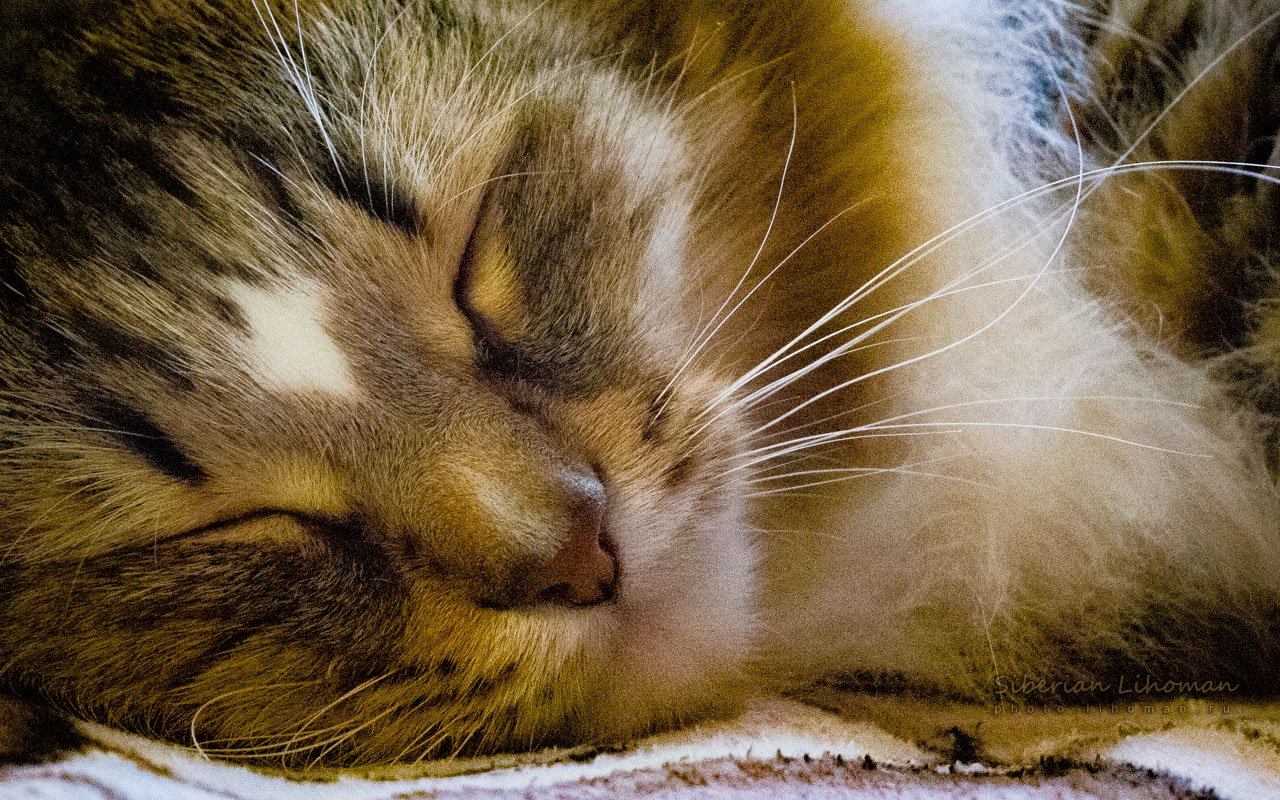
While cats and humans share similarities in dreaming, there are notable differences as well. Human dreams often involve complex narratives and abstract concepts, while cat dreams are likely more straightforward, focusing on instinctual behaviors. Despite these differences, the basic structure of dreaming remains consistent across species, highlighting the universal nature of dreams in the animal kingdom.
The Impact of Age on Cat Dreams
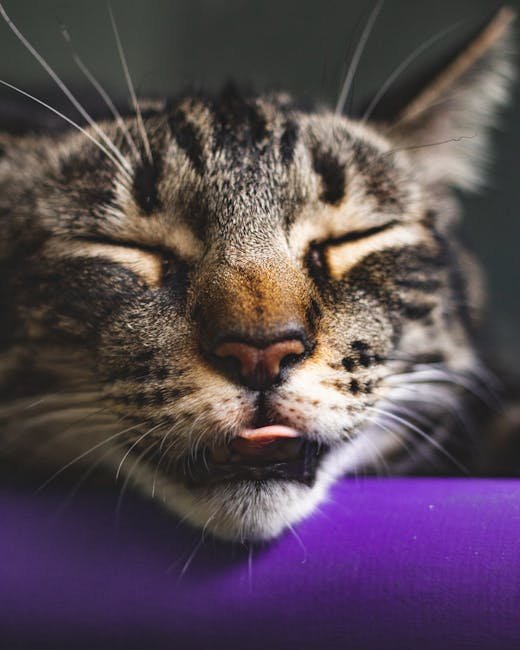
A cat’s age can influence its dreaming patterns. Kittens, with their rapidly developing brains, tend to spend more time in REM sleep, suggesting a more active dreaming process. Older cats, on the other hand, may experience changes in sleep patterns and dream frequency. Understanding how age affects dreaming helps us provide better care for our feline friends throughout their lives.
The Influence of Environment on Cat Dreams
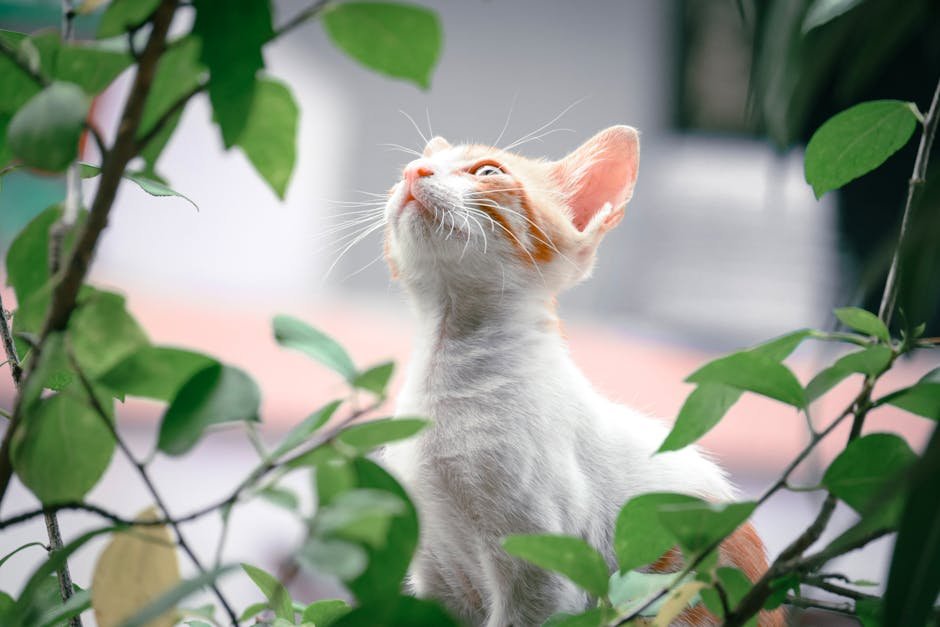
A cat’s environment plays a significant role in shaping its dreams. A stimulating environment with plenty of toys and activities can lead to more vivid and diverse dreams. Conversely, a lack of mental and physical stimulation may result in less engaging dreams. By creating an enriching environment, we can positively impact our cats’ dreaming experiences, enhancing their overall well-being.
Do Different Breeds Dream Differently?

While all cats share the basic structure of dreaming, different breeds may exhibit variations in their dreams. Breeds known for their playful or active nature might have more dynamic dreams, while more sedentary breeds may experience quieter dreams. These differences reflect the diverse personalities and characteristics of various cat breeds, adding another layer of intrigue to the world of feline dreams.
The Role of Diet in Cat Dreams
Diet can influence a cat’s overall health, including its sleep and dream patterns. A balanced diet provides the necessary nutrients for optimal brain function, potentially affecting the quality of a cat’s dreams. Ensuring that your cat receives proper nutrition can contribute to healthier sleep and more fulfilling dreams, enhancing their overall quality of life.
How to Observe Your Cat’s Dreaming Behavior
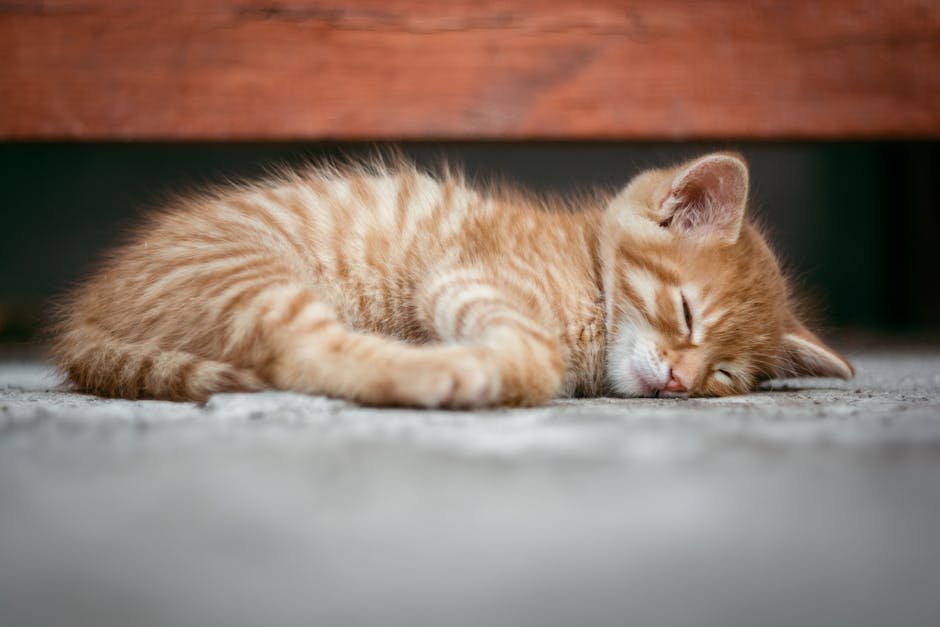
Observing your cat’s dreaming behavior can be a delightful and insightful experience. Look for signs such as twitching paws, whiskers, or subtle vocalizations during sleep. These behaviors indicate that your cat is likely dreaming. Paying attention to these cues can deepen your understanding of your cat’s inner world and provide a glimpse into the mysterious realm of feline dreams.
Can Cats Communicate Through Dreams?
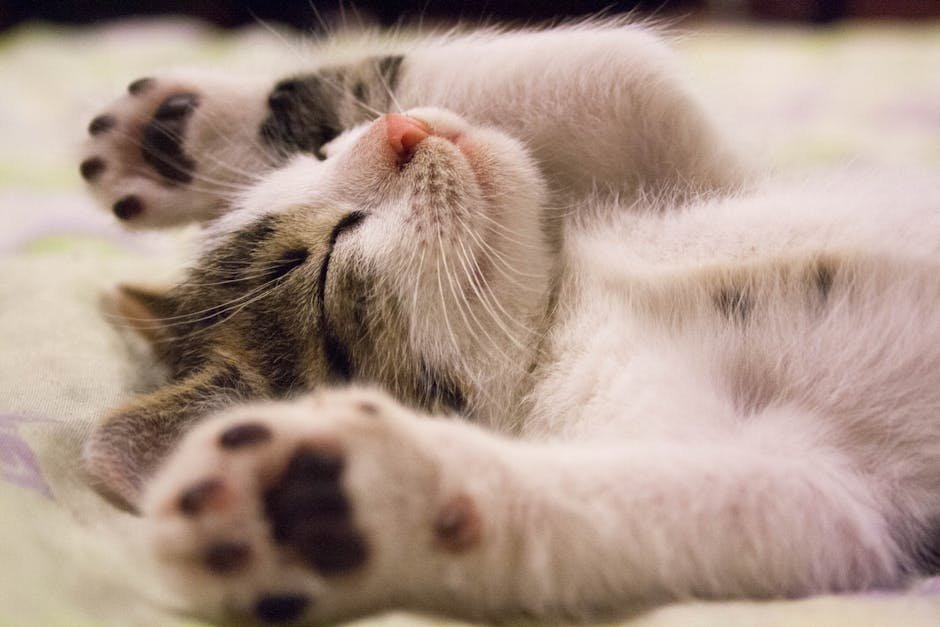
While cats cannot directly communicate their dreams to us, their behavior during and after sleep can offer valuable insights. A cat that wakes up content and relaxed might have had a pleasant dream, while one that appears agitated might have experienced a nightmare. Observing these behaviors can help us better understand our cats’ emotional states and foster a stronger bond with them.
Understanding the Purpose of Cat Dreams
The purpose of cat dreams remains a subject of scientific inquiry. Dreams might serve various functions, such as memory consolidation, emotional processing, or problem-solving. By studying cat dreams, researchers hope to uncover the broader purpose of dreaming in animals, shedding light on the evolutionary significance of this enigmatic phenomenon.
How to Encourage Healthy Sleep for Your Cat
Promoting healthy sleep for your cat can enhance their dreaming experiences. Provide a comfortable sleeping environment, free from disturbances. Ensure your cat has access to mental and physical stimulation during the day to promote restful sleep. By prioritizing your cat’s sleep health, you contribute to their overall well-being and enrich their dreaming experiences.
The Connection Between Play and Dreams
Play is an essential aspect of a cat’s life and can influence their dreams. Engaging in play stimulates a cat’s mind and body, potentially leading to more vivid and dynamic dreams. Providing opportunities for play can enhance your cat’s overall quality of life, contributing to more fulfilling dream experiences.
Do Cats Dream of Their Owners?
As a cat owner, you might wonder if your feline friend dreams of you. While it’s difficult to determine the exact content of a cat’s dreams, it’s possible that they dream about the people they interact with regularly. The bond between a cat and its owner can play a significant role in their dreaming experiences, highlighting the deep connection we share with our pets.
The Future of Cat Dream Research
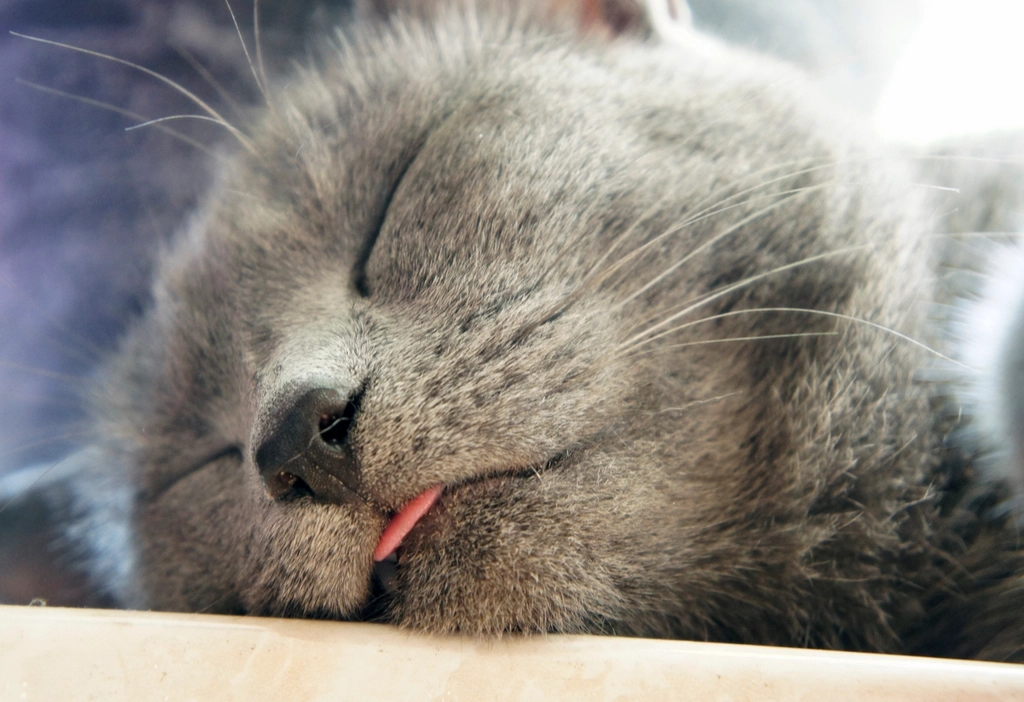
The study of cat dreams is an ongoing field of research, with new discoveries continually emerging. As technology advances, scientists hope to gain a deeper understanding of the complexities of animal dreams. Continued research into cat dreams promises to unveil new insights into the mysteries of the feline mind, enriching our appreciation for these beloved companions.
Conclusion
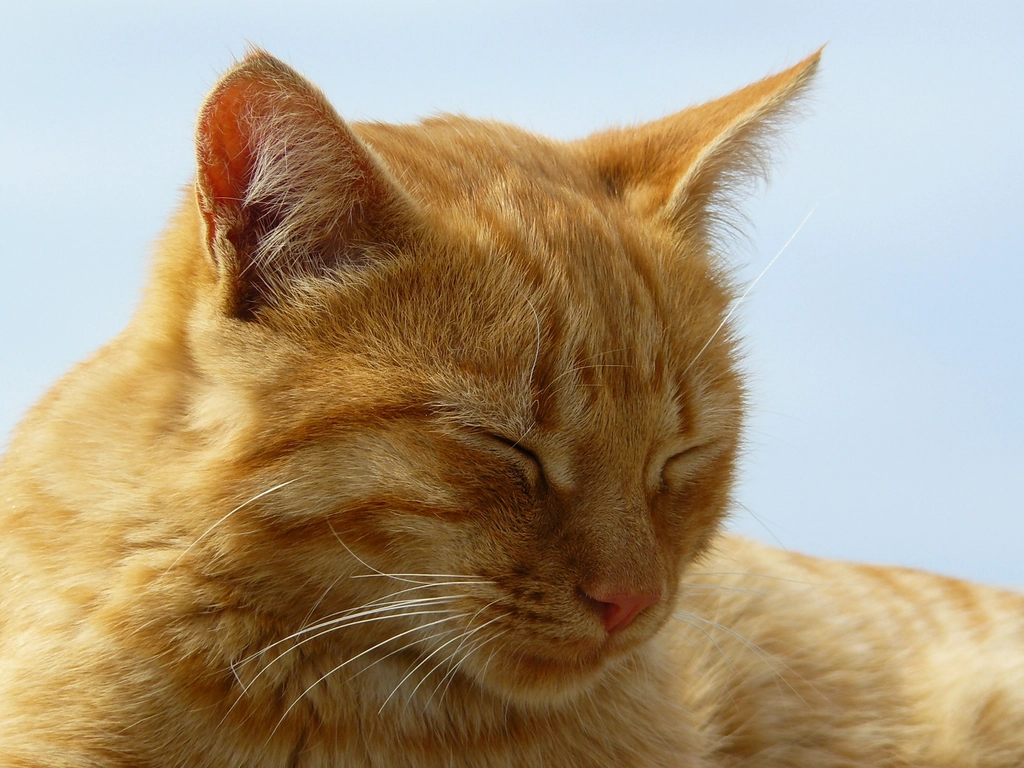
The science of cat dreams offers a fascinating glimpse into the inner world of our feline friends. While cats and humans share similarities in their dreaming processes, the unique nature of cat dreams adds an extra layer of intrigue. By exploring the various aspects of cat dreams, from their emotional and cognitive significance to the influence of age and environment, we gain a deeper appreciation for these enigmatic creatures. Understanding cat dreams fosters a stronger bond between pet and owner, allowing us to cherish the mysterious and captivating world of feline slumber.

Hi, I’m Bola, a passionate writer and creative strategist with a knack for crafting compelling content that educates, inspires, and connects. Over the years, I’ve honed my skills across various writing fields, including content creation, copywriting, online course development, and video scriptwriting.
When I’m not at my desk, you’ll find me exploring new ideas, reading books, or brainstorming creative ways to solve challenges. I believe that words have the power to transform, and I’m here to help you leverage that power for success.
Thanks for stopping by, Keep coming to this website to checkout new articles form me. You’d always love it!






